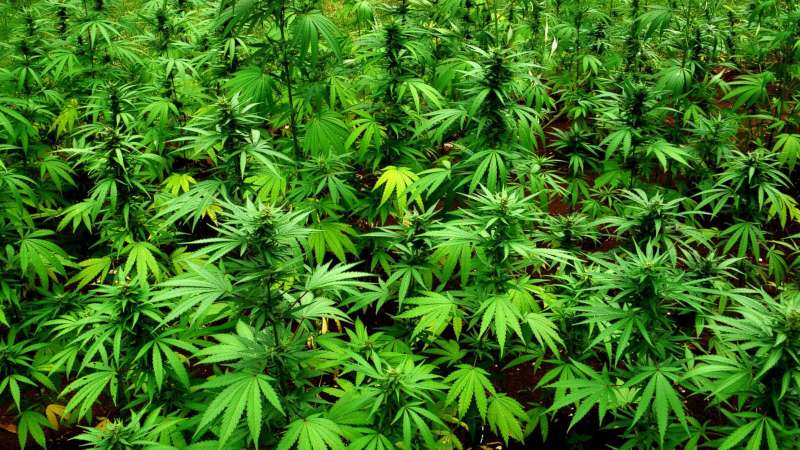

Vizag and Ganja
The Indian word Ganja for Cannabis or Marijuana, is also referred to casually as “grass”, “weed”, “hemp” and so on. It includes three species – sativa, indica and ruderalis. Now-a-days several hybrids are also cultivated. It is a green leafy plant which grows to a height of 2.5 meters. The business end of the plant is the flowering tops (of the female plant) and its slim elegant leaves. The substance that causes the “high” is THC the abbreviation for “tetrahydrocannabinol”. When the leaves and flowers are dried and smoked it imparts a mellow high. The higher the THC content the more potent is the cannabis.
Cannabis has been eaten, drunk and mostly smoked for thousands of years. There is enough reference to Ganja since the Vedic period dating back to approximately 1500 BC. In India, holy men enjoying an evening of bhajans or in search of spiritual enlightenment passed around a smoking chillum. Remember the quintessential image of ash smeared sadhus puffing “chillums” on the banks of the Ganga? Even today in the district of Visakhapatnam, Ganja and Bhang is cultivated widely on the slopes in our ghats of Ananthagiri and Aruku valley and is cultivated by tribals all over the hills. Most of the cultivation is “committed” to buyers in advance.
The Adivasis do not consider it a serious drug but just another crop which yields a good income in a short time. They sow about 400 plants per acre and if the quality is good the cultivator can earn up to Rs. 50,000 per acre within a year. Typically an Adivasi will plant half to two acres at a time. However, considering how difficult it is to get quality planting material and grow good quality Cannabis, the cultivators usually end up getting only around Rs. 15,000 to Rs. 20,000 per acre. The cultivator is not involved in the transportation. They harvest and pack the plants into bags and keep it ready for carriers. Groups of carriers, sometimes 10 to 15 strong, carry the material manually over foot paths, overnight from the ghat top to the road at the foothills, beyond forest check posts. Here the bags are put into vehicles and carried off to their destination.
The authorities generally don’t bother about cultivators of Ganja. It’s too much trouble to locate the cultivation and the cultivators. In addition to supervised cultivation there is plenty of wild growth of low quality Ganja as well. Destroying cultivated crops is not only difficult; but would piss off the Adivasis and result in confrontation. Apprehending carriers is also a tough job because of the difficult terrain through which they travel. Officials consider it risky to confront carriers as some of them could be armed. The authorities concentrate on transporters because that’s the chain’s weakest link. Only a tiny fraction of material moved is actually seized and the rest of it passes through, greasing their way through check posts all the way to the wholesalers and retailers in AP and neighbouring states. The pressure of law exerted on the supply chain pushes up prices and makes it from “small harmless business” to “big bad dangerous business”.
The recent hike in the price of ganja is creating waves in the ganja addicted community as less and less of it is available to the them. In recent times, the number of people consuming ganja have increased rapidly and it is being more and more supplied to customers in an illegal way which needs to be stopped immediately.
This post was last modified on 24/11/2016 5:09 pm
Coming-of-age films mean more than just the teen dramas we watch to entertain ourselves; it's…
A recent international study led by researchers from Andhra University’s Department of Marine Living Resources…
IRCTC (The Indian Railway Catering and Tourism Corporation) has rolled out exciting new air travel…
From the humble seaside baddis serving chaat and mixtures, to trendy new cafés, budget-friendly joints,…
To reduce the growing negative impact of the chicken waste market in Vizag, the Greater…
To complete the mission of planting one million saplings over the next year, the Vizag…
Leave a Comment